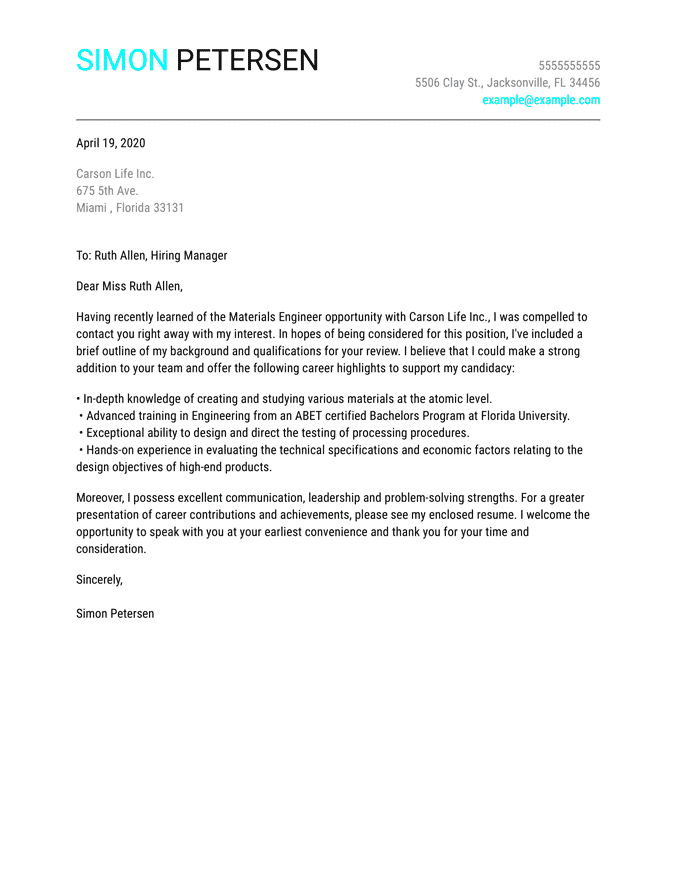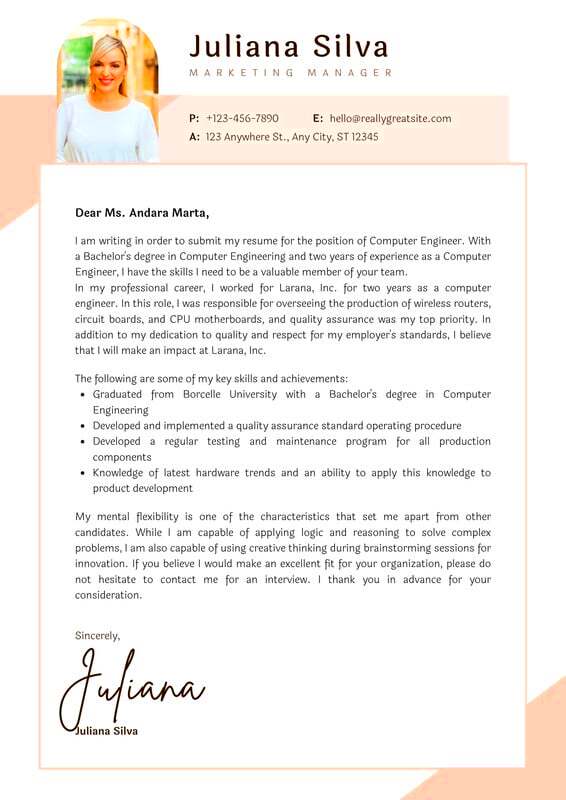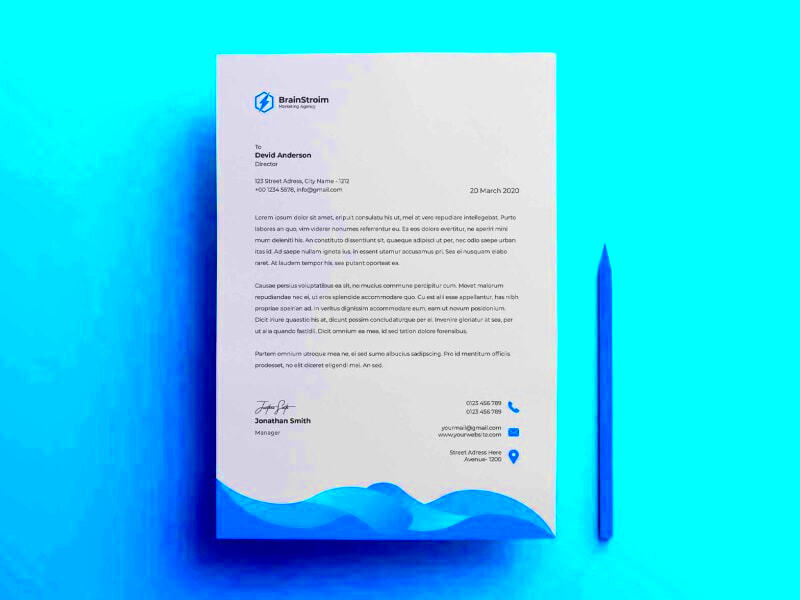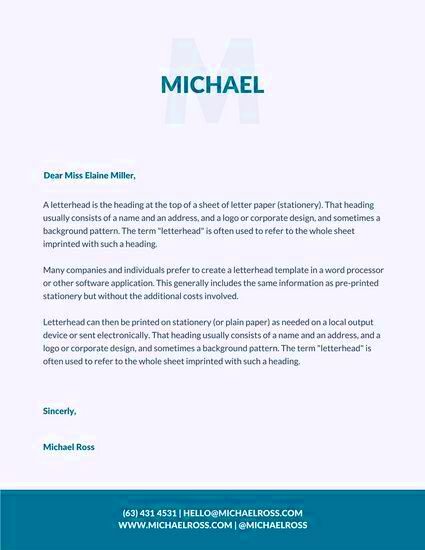Warning: Undefined array key 6 in /home/imgpanda.com/public_html/wp-content/themes/astra/template-parts/single/single-layout.php on line 176
Warning: Trying to access array offset on value of type null in /home/imgpanda.com/public_html/wp-content/themes/astra/template-parts/single/single-layout.php on line 179
Canva offers a fantastic way to create cover letters that stand out. Whether you’re applying for a job or seeking a freelance opportunity, a well-designed cover letter can make a big difference. With Canva's user-friendly platform, you can access a variety of templates tailored to different styles and professions. In this post, we’ll explore the benefits of using Canva for your cover letter needs and guide you through the process.
Why Using a Cover Letter is Important

A cover letter serves as your personal introduction to potential employers. Here are some key reasons why it’s essential:
- First Impressions Matter: A well-crafted cover letter can make a positive first impression, showcasing your professionalism.
- Highlights Your Skills: It allows you to emphasize your skills and experiences that align with the job requirements.
- Shows Your Enthusiasm: A cover letter provides an opportunity to express your passion for the role and the company.
- Addresses Gaps: If you have any gaps in your employment history, a cover letter lets you explain them in a positive light.
In short, a cover letter can set you apart from other candidates and make a compelling case for why you are the best fit for the job.
Also Read This: Is Dailymotion Safe to Use? A Comprehensive Guide to Trusting the Platform
How to Access Canva Cover Letter Templates

Accessing Canva's cover letter templates is easy and straightforward. Follow these steps:
- Create a Canva Account: If you don’t have one, sign up for a free account on Canva's website.
- Search for Templates: Use the search bar at the top of the homepage. Type “cover letter” and hit enter.
- Explore the Options: Browse through the wide selection of templates. You can filter by style, color, and theme to find one that suits your needs.
- Select a Template: Click on a template you like to open it in the Canva editor. Here, you can customize the text, colors, and layout.
- Download Your Cover Letter: Once you’re satisfied with your design, click the download button in the top right corner to save it in your preferred format.
That’s it! You now have a beautiful cover letter ready to impress potential employers.
Also Read This: How to Create Your Own Air Conditioner at Home with Simple DIY Cooling Tips
Customizing Your Canva Cover Letter Template

Once you’ve chosen a Canva cover letter template that catches your eye, it’s time to make it your own. Customizing your template is not only fun, but it also helps you tailor the document to reflect your personal style and the job you’re applying for. Here are some steps to effectively customize your template:
- Edit Text: Start by replacing the placeholder text with your information. Include your name, contact details, and a tailored message for the employer.
- Adjust Fonts: Choose fonts that match your personality and the industry you’re applying to. For creative fields, feel free to be bold. For more traditional roles, stick to classic fonts.
- Change Colors: Use colors that align with your personal brand or the company’s brand colors. Canva allows you to modify colors easily, so experiment a bit!
- Add Images or Icons: If appropriate, include a professional photo of yourself or icons that relate to your skills and industry.
- Keep It Simple: While customization is important, avoid overcrowding your cover letter with too many elements. A clean, organized layout will make your letter more readable.
Remember, the goal is to create a cover letter that is uniquely you while still maintaining a professional look!
Also Read This: Editorial Photos from Imago Images Are the Ultimate Resource for Content Creators
Tips for Writing an Effective Cover Letter
Writing an effective cover letter can seem daunting, but with the right approach, you can craft a compelling narrative that gets you noticed. Here are some handy tips to help you:
- Personalize Your Greeting: Address the letter to a specific person, if possible. This shows that you’ve done your research and are genuinely interested.
- Start Strong: Your opening paragraph should grab attention. Mention the job you’re applying for and why you’re excited about it.
- Showcase Relevant Experience: Use the body of your letter to highlight your skills and experiences that relate directly to the position. Be specific and provide examples.
- Keep It Concise: Aim for a one-page letter. Keep your paragraphs short and focused, and avoid unnecessary fluff.
- Include a Call to Action: End your letter with a strong closing statement that invites the employer to take action, such as setting up an interview.
By following these tips, you’ll create a cover letter that stands out and reflects your best self!
Also Read This: How to Stream Rumble Videos on Your Television
Examples of Eye-Catching Cover Letter Designs
When it comes to cover letters, visuals matter. A well-designed cover letter not only grabs attention but also conveys professionalism. Here are some examples of eye-catching cover letter designs:
| Design Style | Features | Best For |
|---|---|---|
| Minimalist | Clean lines, ample white space, subtle colors | Traditional industries like finance or law |
| Creative | Bold colors, artistic fonts, unique layouts | Creative fields like graphic design or marketing |
| Modern Professional | Structured layout, professional fonts, a pop of color | Corporate roles in various industries |
| Infographic Style | Visual elements like charts or icons, engaging layout | Creative roles that value data presentation |
These designs not only look great but also communicate your personality and professionalism. Choose a design that aligns with your personal style and the position you're pursuing!
Also Read This: Maximizing Your Earnings with Storyblocks Through Videos and Images
Common Mistakes to Avoid in Cover Letters
Writing a cover letter can be tricky, and it’s easy to slip up. Here are some common mistakes that can hurt your chances of making a good impression, along with tips to avoid them:
- Using a Generic Template: While templates can save time, using a one-size-fits-all approach can make you seem uninterested. Always personalize your cover letter for each job application.
- Making Spelling and Grammar Errors: Typos and grammatical mistakes are a big no-no. Always proofread your cover letter multiple times, or ask someone else to review it.
- Being Too Lengthy: Keep your cover letter to one page. Employers are busy, so make your points clearly and concisely.
- Repeating Your Resume: Your cover letter should complement your resume, not just repeat it. Use this opportunity to share more about your motivations and experiences.
- Neglecting the Formatting: A cluttered or unorganized layout can make your cover letter hard to read. Use clear headings, bullet points, and consistent fonts to enhance readability.
By steering clear of these common pitfalls, you'll increase your chances of catching the employer's attention and landing that interview!
Also Read This: How to Make the Perfect Coffee in a Coffee Maker
Frequently Asked Questions
It’s normal to have questions when it comes to writing a cover letter. Here are some frequently asked questions that might help clarify things for you:
| Question | Answer |
|---|---|
| How long should my cover letter be? | Your cover letter should be no longer than one page, ideally three to four paragraphs. |
| Should I include my salary expectations? | Generally, it's best to avoid discussing salary in your cover letter unless the employer specifically asks for it. |
| Is it necessary to write a cover letter? | While not every job requires a cover letter, including one can give you a competitive edge. |
| What format should I use for my cover letter? | Stick to a professional format with a clear structure: introduction, body, and conclusion. |
If you have other questions or concerns, don’t hesitate to seek advice or consult resources available online!
Conclusion and Final Thoughts
Writing a cover letter may seem challenging, but with the right tools and knowledge, you can create a document that showcases your skills and personality. Remember to use Canva's templates to make the design process easier and more visually appealing. Tailor your content for each application, avoid common mistakes, and present yourself confidently.
Your cover letter is your chance to make a strong impression, so take the time to do it right. Keep practicing, and soon, writing cover letters will become second nature. Best of luck with your job applications!
